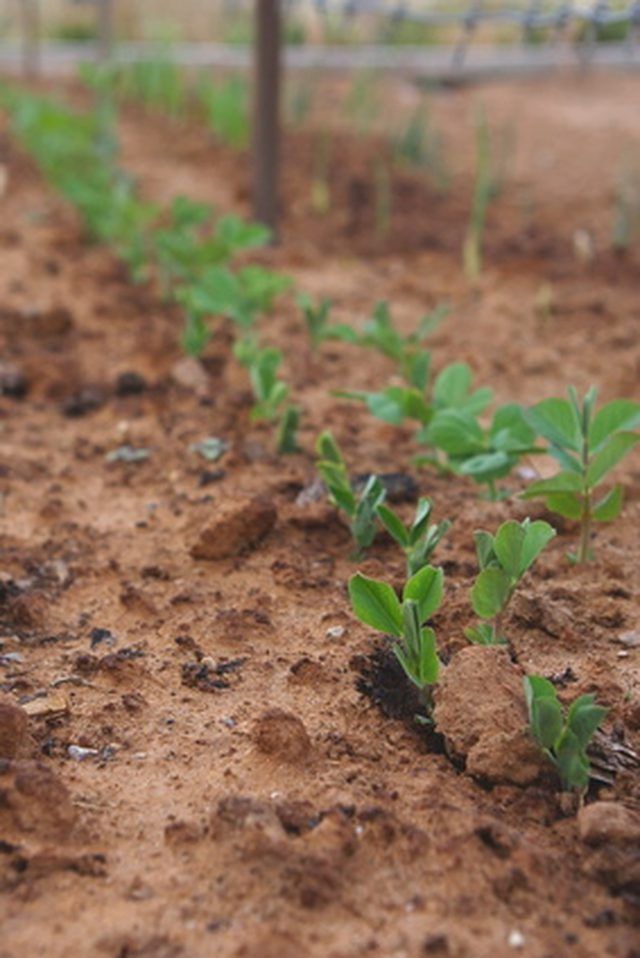Bulbs
Flower Basics
Flower Beds & Specialty Gardens
Flower Garden
Garden Furniture
Garden Gnomes
Garden Seeds
Garden Sheds
Garden Statues
Garden Tools & Supplies
Gardening Basics
Green & Organic
Groundcovers & Vines
Growing Annuals
Growing Basil
Growing Beans
Growing Berries
Growing Blueberries
Growing Cactus
Growing Corn
Growing Cotton
Growing Edibles
Growing Flowers
Growing Garlic
Growing Grapes
Growing Grass
Growing Herbs
Growing Jasmine
Growing Mint
Growing Mushrooms
Orchids
Growing Peanuts
Growing Perennials
Growing Plants
Growing Rosemary
Growing Roses
Growing Strawberries
Growing Sunflowers
Growing Thyme
Growing Tomatoes
Growing Tulips
Growing Vegetables
Herb Basics
Herb Garden
Indoor Growing
Landscaping Basics
Landscaping Patios
Landscaping Plants
Landscaping Shrubs
Landscaping Trees
Landscaping Walks & Pathways
Lawn Basics
Lawn Maintenance
Lawn Mowers
Lawn Ornaments
Lawn Planting
Lawn Tools
Outdoor Growing
Overall Landscape Planning
Pests, Weeds & Problems
Plant Basics
Rock Garden
Rose Garden
Shrubs
Soil
Specialty Gardens
Trees
Vegetable Garden
Yard Maintenance
How to Calculate Dirt Yards
How to Calculate Dirt Yards. Dirt, manure and other gardening materials are often sold by the cubic yard. But what is a cubic yard? How do you calculate how much dirt you will need for a gardening project?

Dirt, manure and other gardening materials are often sold by the cubic yard. But what is a cubic yard? How do you calculate how much dirt you will need for a gardening project?
Things You'll Need
Pen
Paper
Tape measure
Calculator
Before you can calculate the cubic yards of dirt needed for a gardening project, you must first determine the area of the garden bed you wish to fill.
Using your tape measure, measure the width and the length of your garden bed. For example, your flower bed may be four feet wide by 10 feet long.
Now determine how deep your gardening dirt will be. For example, if you are building a new raised garden bed, you may plan on making the bed eight inches deep.
Multiply both your width and length by 12 to convert the numbers from feet to inches. For our example 4 x 12 = 48 inches wide, and 10 x 12 = 120 inches long. Now multiply the width, length and depth to find the cubic inches. 48 x 120 x 8 = 46,080 cubic inches.
To determine the cubic yards of dirt necessary to fill a bed of 46,080 cubic inches, divide by 46,656. This is the number of cubic inches in a cubic yard. 46,080 cubic inches divided by 46,656 equals 0.987 cubic yards. You can round this up to one cubic yard of gardening dirt.
Tips & Warnings
When working in inches, find the cubic inches of your area and divide it by 46,656.
When working in feet, find the cubic feet of your area and divide it by nine.
Most gardeners estimate that one ton of dry dirt (2,000 lbs.) equals one cubic yard. The moisture content of the soil may cause the dirt to weigh more. The more the material weighs, the fewer cubic yards you will recieve in one ton.